The ancient tanagokoro ryori—a dish passed down from the Kamakura period in Southern Aso. This cuisine represents Japan’s oldest homestyle cooking, devoid of the usual intricacies found in Japanese cuisine and far from the grandeur of kaiseki. As the name suggests, it revolves around natural farm produce and ingredients from the mountains and sea.
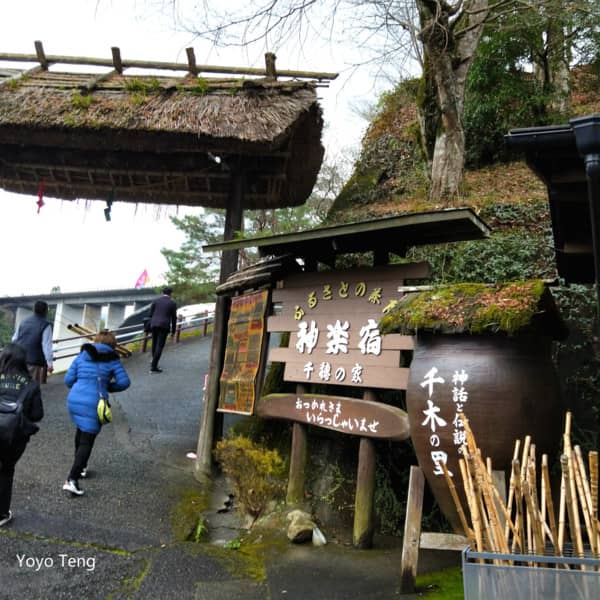
Takachiho is renowned for its flowing noodles, but we wanted to explore something different. So, a few weeks before our trip, we made a reservation at “Kagura Yufuin”. Located near the Takachiho Gorge, it’s a 20-minute winding mountain road from where the tour bus can park at the base of the restaurant. From there, it’s just a 3-minute walk.
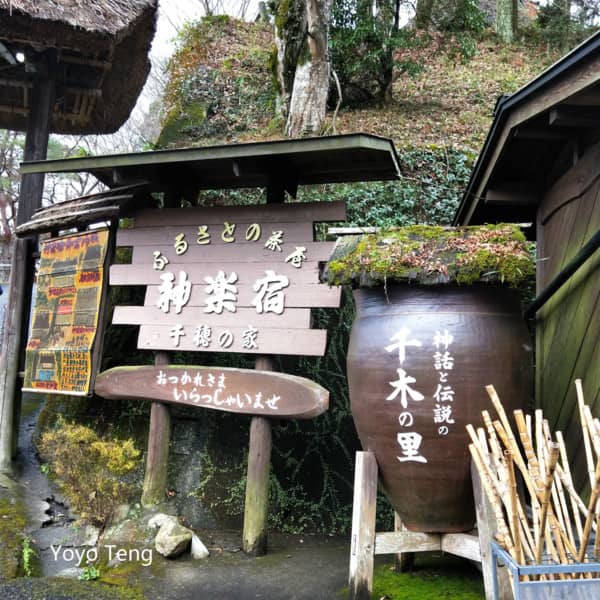
The journey from Kumamoto to Takachiho Gorge takes approximately 2 hours by car. However, if you incorporate a visit to Mount Aso, departing from Aso Station, you’ll be surprised to find that it’s only a 30-minute drive to reach this enchanting destination.
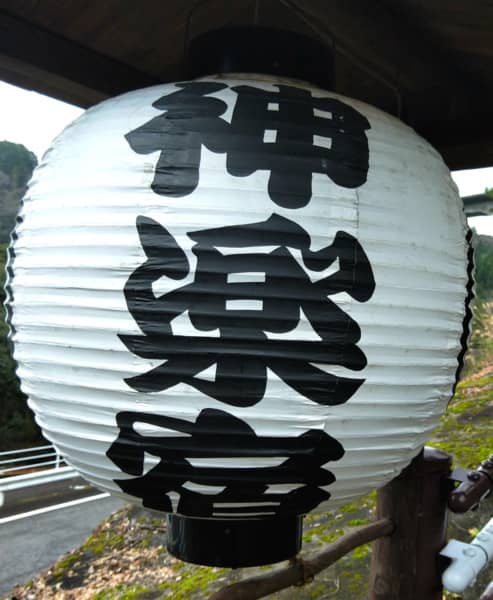
As evening falls, this lantern illuminates, casting light on each step of the path for ascending the mountain.
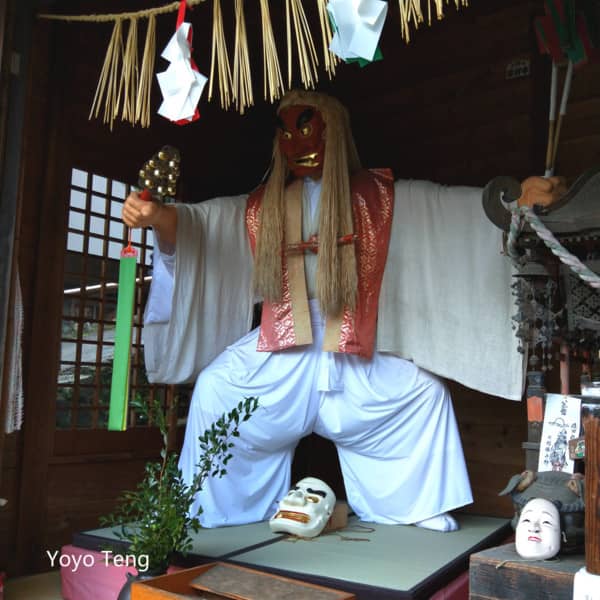
Suddenly, this deity seems oddly familiar, doesn’t it? It’s as if I’ve encountered it somewhere before. In Japanese mythology, this figure is none other than Tentei Dairikojin (Tengu)—the powerful celestial being who, with immense strength, split open the rocky cave of Amano-Iwato, allowing light to flood back into the world. For more captivating tales, explore the Energy of Takachiho.
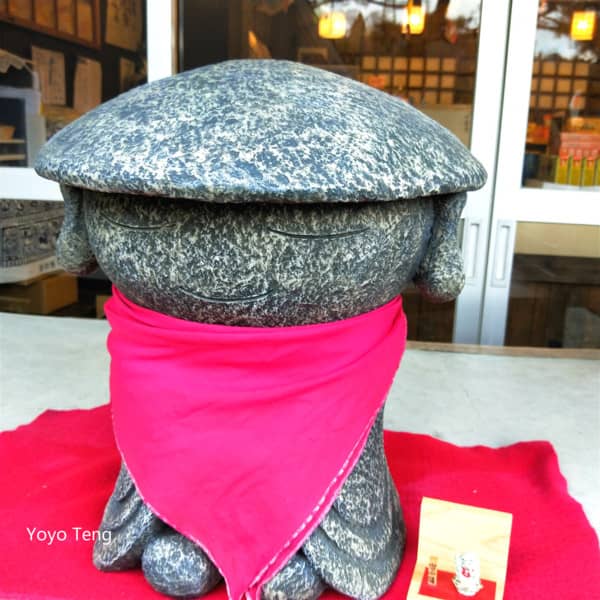
Next to the restaurant entrance, there stands a small and adorable Jizo Bodhisattva. This particular Jizo, adorned with a red cape, is known as the “Child-Rearing Jizo”, believed to safeguard the well-being and health of children.
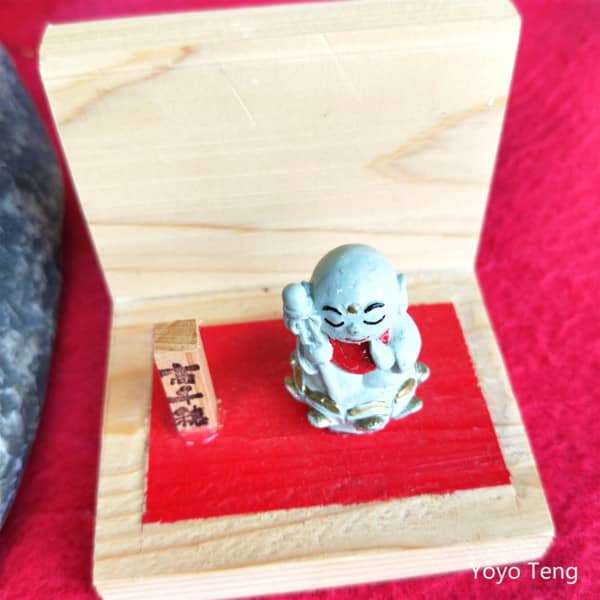
Jizo Bodhisattva allows these children to seek refuge under its protective cloak, shielding them from malevolent forces. As a result, Jizo is revered as the guardian deity of children.
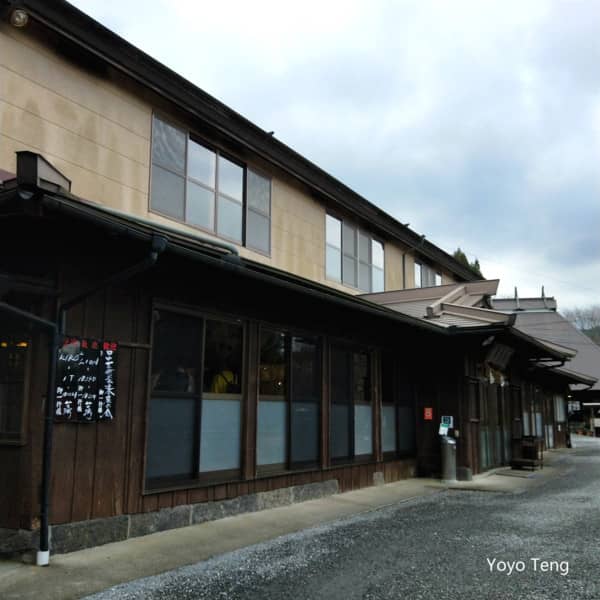
Fortunately, this morning in Takachiho Gorge, we were greeted by the stunning sight of bright sunshine, leaving everyone in awe. Later in the afternoon, we arrived at this quaint farmhouse, feeling the gentle breeze. Despite our hunger, there’s a sense of comfort here.
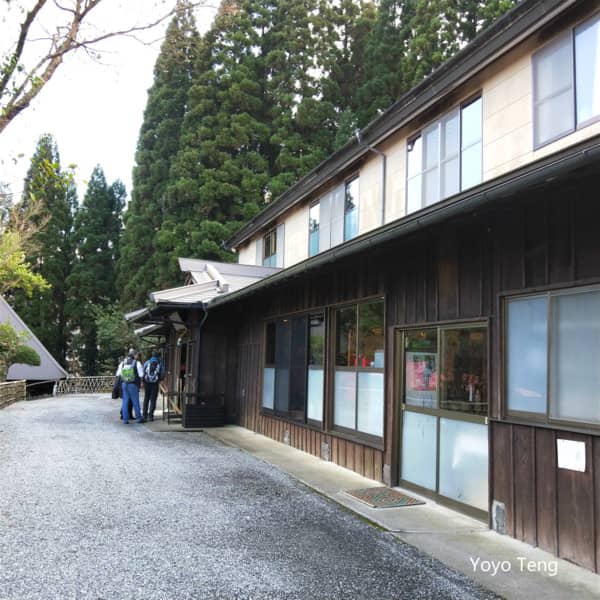
Just glimpsing this expanse of ancient houses makes one unconsciously pause.
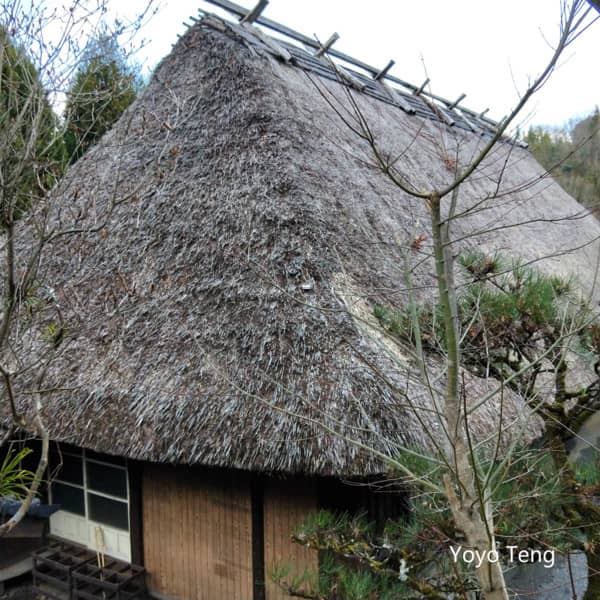
After walking for about 3 minutes, you’ll come across a thatched-roof cottage. It’s authentically designed, reminiscent of the Kamakura period, and serves as a dining spot for visitors.
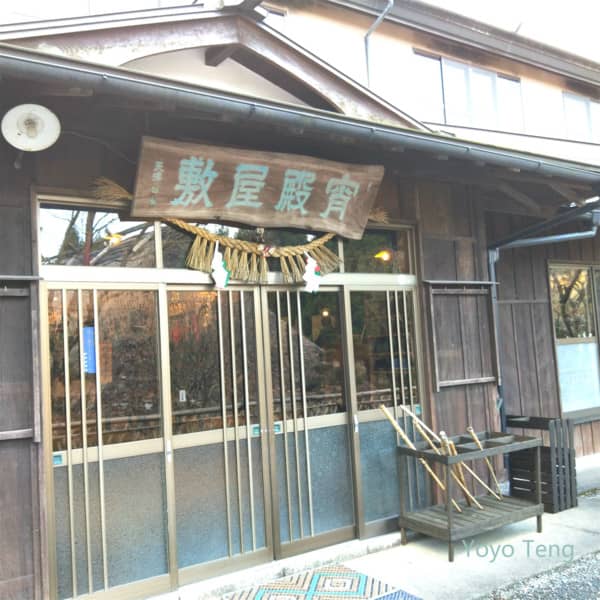
Just glimpsing this expanse, you can feel the warmth of history.
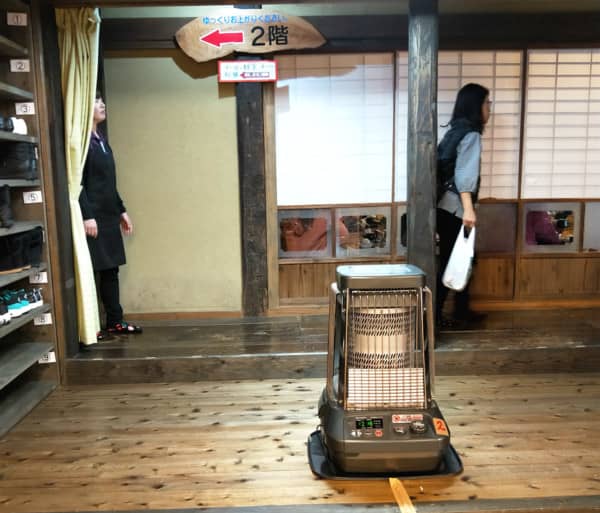
Upon opening the door, a hidden paradise reveals itself. The restaurant is nestled within a building that boasts approximately 130 years of history. These traditional Japanese houses alone hold immense allure for travelers who have an affinity for Japanese culture.
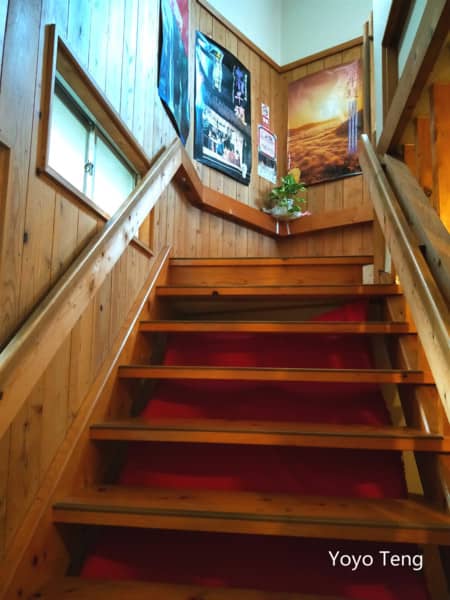
Before entering the restaurant, guests are required to remove their shoes outside. The restaurant is located on the second floor.
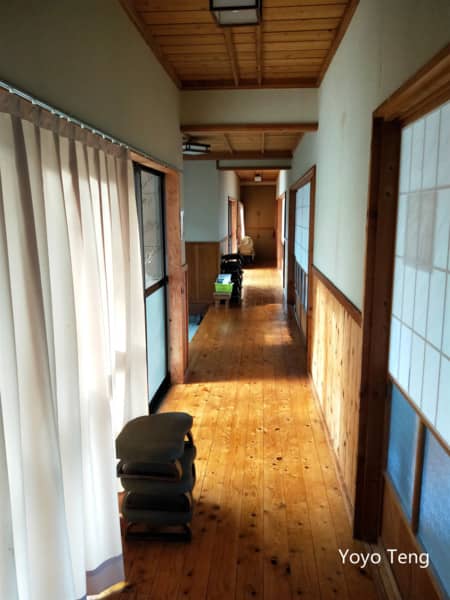
The warm in winter and cool in summer zelkova wood floor sets the stage. Along both sides of the corridor, private booths are filled to capacity, resonating with the joyful sounds of Japanese patrons clinking glasses and celebrating life.

Upon stepping into the restaurant, a grand spectacle unfolds, reminiscent of ancient Japan. The crowd sits on the floor, reveling in merriment, their glasses clinking in celebration.
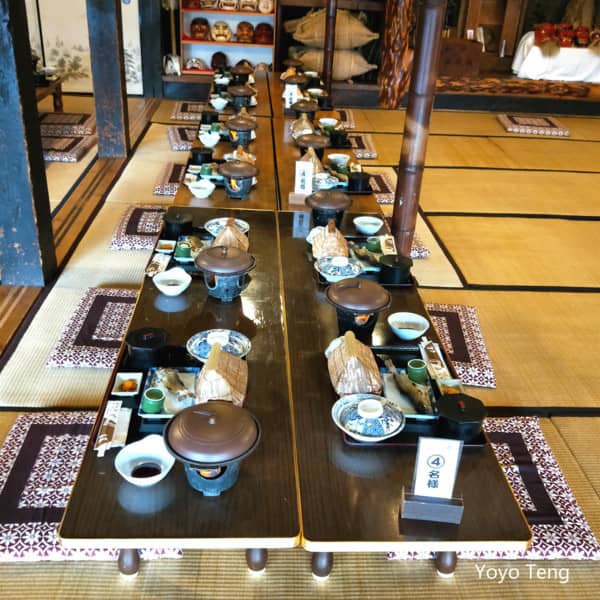
This restaurant is consistently packed during both lunch and dinner, often with entire groups of Japanese locals or students. It appears to be a hidden gem known only to those well-versed in authentic Japanese cuisine. Each table accommodates four guests, and on this particular day, our party of eight conveniently secured an entire row of seating.

Having completed a morning circuit around the magnificent Takachiho Gorge, my stomach now growls with hunger. Yet, I can’t resist capturing a beautiful photo as a keepsake before digging in! Bon appétit!
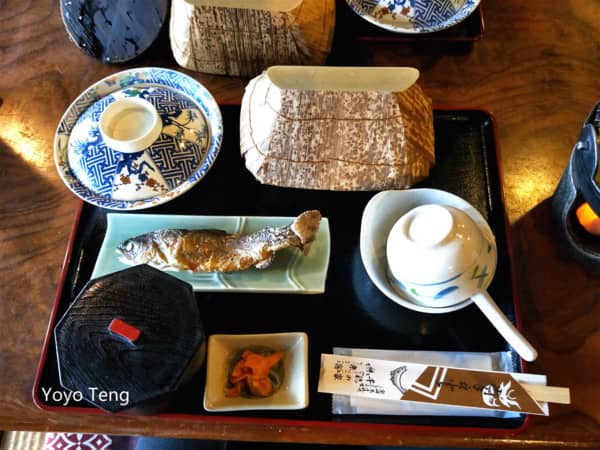
The Local Fragrant Fish Set Meal at Tadarei Cuisine follows a delightfully straightforward preparation method: thread fresh ingredients onto skewers, then grill them over charcoal embers. The result? A delectable feast that captures the essence of the region.
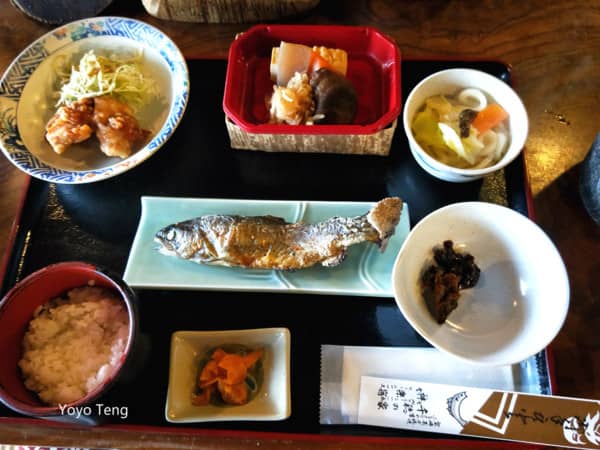
Alternatively, the iron plate, shaped like a mud rake, is heated. In the process, it is coated with various flavors of miso sauce before grilling. This is an authentic countryside dish, featuring a combination of fish, meat, and rice.
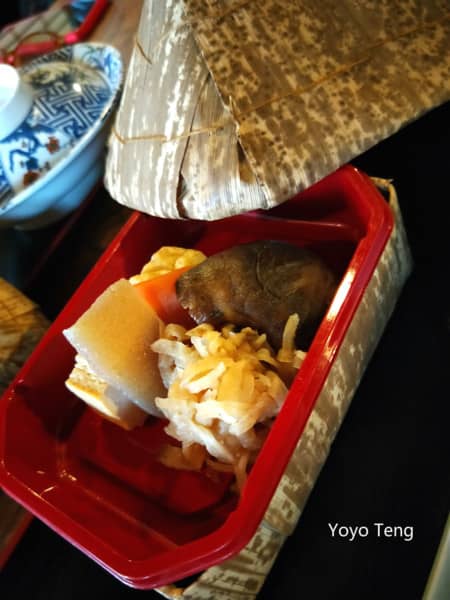
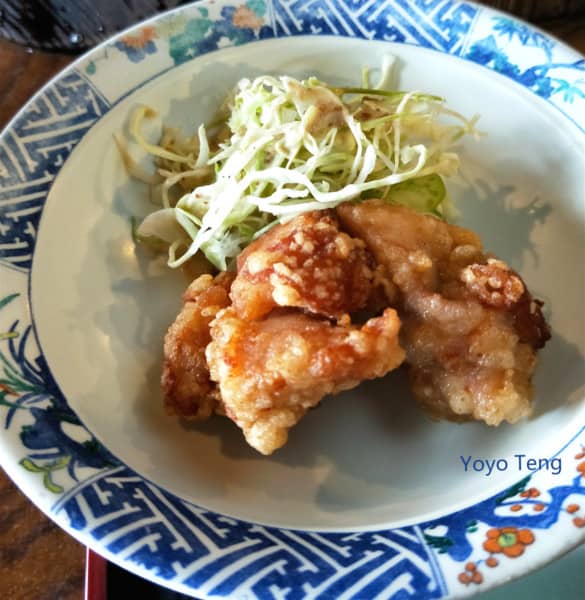
While this portion isn’t large, it’s sufficient to satisfy your hunger.
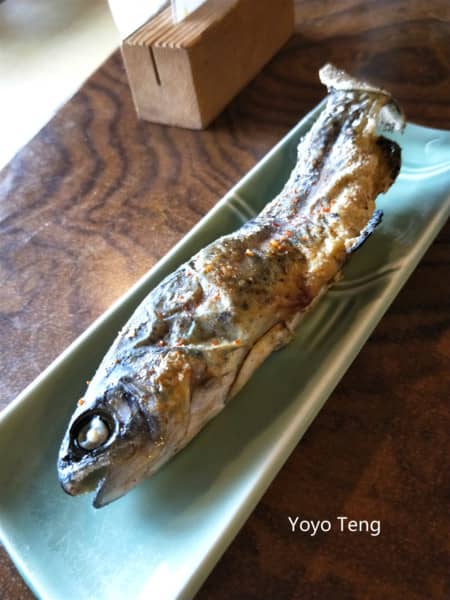
I can’t believe that I can savor an entire freshly grilled red-throated sea perch. It’s a moment of bliss that feels almost extravagant.
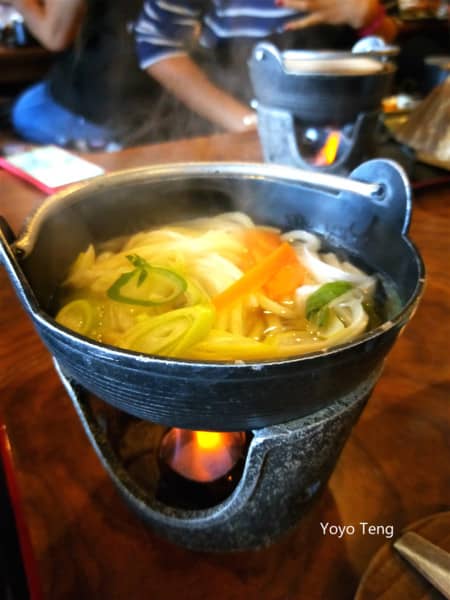
Accompanied by a side dish, there’s a serving of Japanese udon noodles.
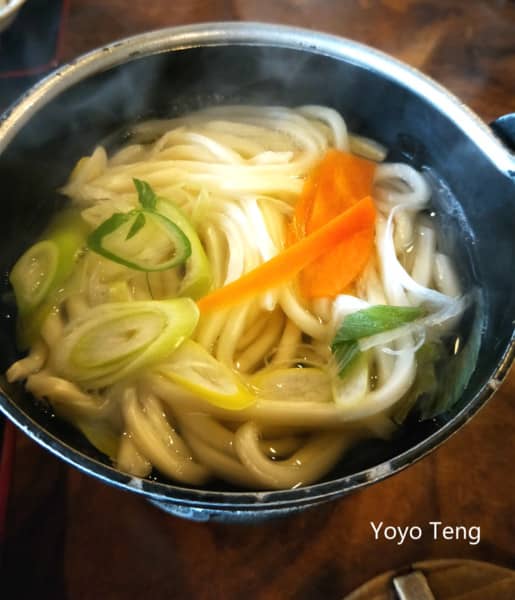
This is precisely the udon I’ve been longing to taste. Although it’s a simple broth with scallions and vegetable carrot, the flavor is exceptionally authentic.
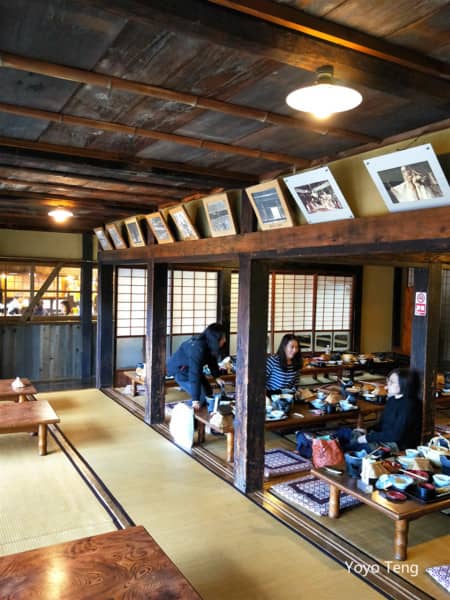
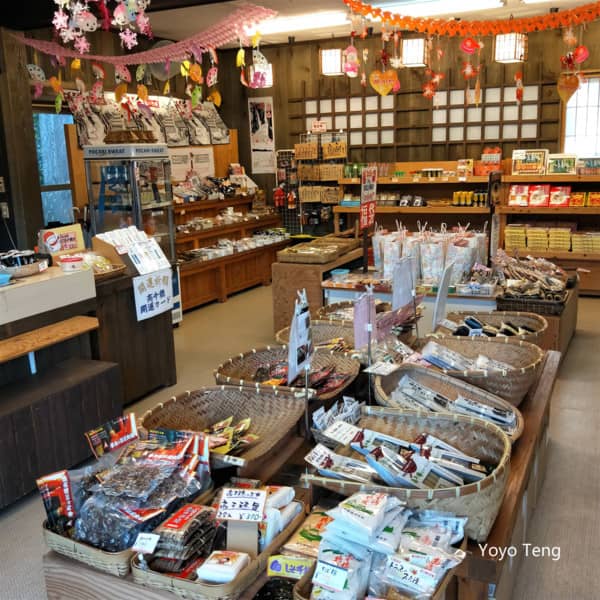
The ground floor of this establishment serves as a place to sell Takachiho’s local specialties. Inside the shop, you’ll find a renowned item: shiitake mushroom pickles, perfect for mixing with rice.

Additionally, they offer a unique Japanese black shochu, made from rare black rice koji and distilled using a reduced-pressure method, along with plum wine produced from Takachiho’s local plums.
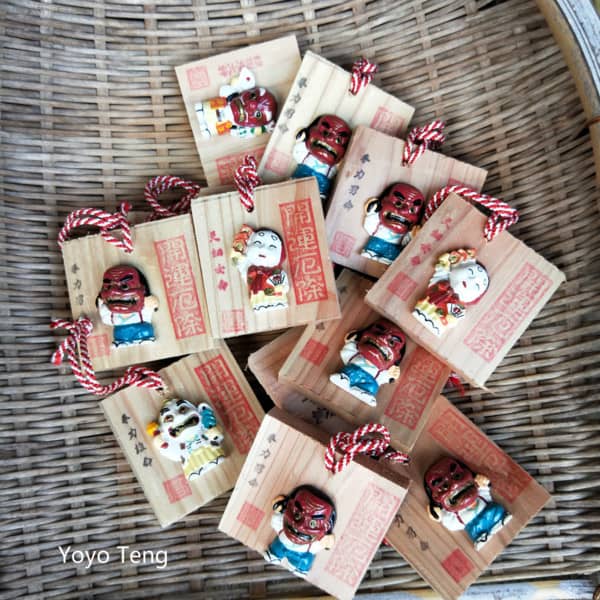
Having satisfied my hunger and rested sufficiently, I now prepare to embrace the afternoon’s sights. Our next stop: a visit to the two most renowned and spiritually charged shrines in Takachiho.